We will follow with a detailed description of the quantization process, the masking strategy, and the objective function(s) of the pretext task. Maybe it’s not even an error, but I thought that bigger batch size always decreases execution time. The interesting performance would be given as e.g. samples/second not the iteration time itself. Version 1 with a batch size of 2 showed similar results to Version 4, but the images in Version 4 appeared brighter.
Choosing the Optimal Batch Size
The capacity of a model, which refers to its ability to fit complex data, is influenced by the batch size. A larger batch size can lead to more stable training for complex models but may also increase the risk of converging to a sharp minimum, which can negatively impact generalization performance. These limits may be specific to the architecture (wav2vec 2.0 base, with approximately 95 M parameters), but we believe that also larger models will show a dependence on the amount of data seen similar to Figure 5 in terms of the fine-tuning performance. First, we do not consider the effect of other parameters in conjunction with batch size.

Moreover, small batch sizes often require less memory, making them suitable for training on limited computational resources or handling large datasets. In gradient-based optimization algorithms like stochastic gradient descent (SGD), batch size controls the amount of data used to compute the gradient of the loss function to the model parameters. Larger batch sizes result in more stable gradient estimates but require more computational resources, while smaller batch sizes introduce more stochasticity into the optimization process, potentially aiding in escaping local minima.
The introduction of mini-batch gradient descent, where the batch size is greater than 1 but less than the total number of training examples, marked a significant improvement. This approach balances the trade-off between the reliability of gradient estimates and computational efficiency. The batch size does not have any effect on the quality and quantity of negative samples, so there might be a gradient bias even with large batch sizes.
Key Considerations for Choosing Number of Epochs
Where \(\sigma\) is the standard deviation of the gradient, and \(B\) is the batch size. The most obvious effect of the tiny batch size is that you’re doing 60k back-props instead of 1, so each epoch takes much longer. He also focuses on the design of provably efficient and practical algorithms that are relevant for a broad range of paradigms. He earned his PhD at the Gatsby Computational Neuroscience Unit at the University College London and came to Harvard from the University of Washington, where he was a professor in computer science and statistics. He has also been a principal research scientist at Microsoft Research in New England and New York City.
Model Evaluation
Their relationship is critical for achieving optimal training efficiency and model accuracy. Since deep learning models train using very large datasets, mini-batch gradient descent is the most common neural network training method. We can also compute the overall variance of the gradient vector by averaging over all parameters. Therefore, they might require a more comprehensive hyperparameter search compared to small batch sizes.
- It is common to create line plots that show epochs along the x-axis as time and the error or skill of the model on the y-axis.
- It dictates how many training examples are processed together before the model’s internal parameters are updated.
- For instance, using a fixed batch size may not be optimal for the entire training process, as the optimal batch size can change with the learning rate and model complexity.
- We examined the utility of each trained autoencoder by leveraging the latent space to perform a secondary task.
- Finally, you will learn considerations and best practices for selecting optimal batch sizes and optimizing training efficiency.
- Quantitatively, the analogous sex classification and laterality regressions using the latent spaces demonstrate statistically significant improvements in performance at smaller batch sizes.
3. Latent space evaluation
Additionally, in Figure 4A and 4B, we observe improved reconstruction quality at lower batch sizes. Specifically, we find in one representative case that the shape of tumor boundaries and the affected ventricles sharpens from a batch size of 20 to 1 (Figure 4A). We find in another representative case that at batch sizes larger than 1, the tumor presence is difficult to detect, whereas a batch size of 1 better identifies the expected hyperintensity (Figure 4B). We then projected the MRI testing cohort into the latent space and generated tumor laterality predictions from the RF. We plotted the residuals as absolute percent difference across samples as a function of batch size.
But this statement has its limits; we know a batch size of 1 usually works quite poorly. Conventional wisdom suggests larger batch sizes in medical deep learning offer improved performance. However, in reality, the literature surrounding ideal batch size selection remains unclear. For instance, one study suggests that increased batch sizes during training may achieve the same effect as decaying the learning rate, a common practice in deep learning used to improve performance 7. Others suggest the primary impact of larger batch sizes is a change in training time 8, 9 and yet others still conclude that performance may indeed be impacted by batch size via a so-called “generalization gap” 10, 11. As such, despite conventional wisdom, there is a gap in the literature regarding the effects of batch size on deep learning training paradigms.

This means that it still is possible to carry out pretraining with limited amount of GPUs and/or memory, but one needs to be more patient or accept a penalty in performance, where Figure 3 can help in decision making. One experiment will look at the variance of the gradients and how it relates to the batch size. The other experiment will compare downstream performance between pre-training conditions with the same amount of data seen, but using a different batch size and number of training iterations.
- To get a complete picture of the process, we will look at how batch size affects performance, training costs, and generalization.
- They monitored different performance metrics during training, including loss values and accuracy on tasks related to speech recognition.
- This approach is more conservative than the linear scaling rule, acknowledging that while larger batch sizes do provide more stable gradient estimates, the stability does not increase linearly with batch size.
- More importantly, it highlighted that using a larger batch size during the initial training phase can have lasting benefits during fine-tuning.
- However, keep in mind that these performances are close enough that some deviation might be due to sample noise.
Model Evaluation and Tuning
In general, batch size of 32 is a good starting point, and you should also try with 64, 128, and 256. Other values (lower or higher) may be fine for some data sets, but the given range is generally the best to start experimenting with. Though, under 32, it might get too slow because of significantly lower computational speed, because of not exploiting vectorization to the full extent. If you get an “out of memory” error, you should try reducing the mini-batch size anyway.
Whenever I increase my batch size my iteration speed is dropping and also the time for an epoch is increasing. To study the effect of batch size on convolutional autoencoders in brain tumor imaging, we utilized FLAIR MRI from 1251 participants in the BraTS 2021 cohort 16, 17. These images were made available in 1mm isotropic resolution in Montreal Neurological Institute (MNI) space 18. For this study, we preprocessed the images by first normalizing the images by the 99th percentile intensity within the brain to rescale them between 0 and 1 and then zero-padded and downsampled them to 3mm isotropic resolution. This produced images of size 81×81×54 voxels in the sagittal, coronal, and axial dimensions respectively. By answering these questions, the research will provide valuable insights into the effectiveness of different batch sizes and how they can be optimized to improve model training and performance.
They monitored different performance metrics during training, including loss values and accuracy on tasks related effect of batch size on training to speech recognition. The optimal batch size depends on the specific problem, dataset, and model architecture. When training a model, it’s common for datasets not to divide evenly into batches.
Optimization is iterated for some number of epochs until the loss function is minimized and accuracy of the models predictions have reached an acceptable accuracy (or it has just stopped improving). It is common to create line plots that show epochs along the x-axis as time and the error or skill of the model on the y-axis. These plots can help to diagnose whether the model has over learned, under learned, or is suitably fit to the training dataset. The researchers focused on a popular audio dataset, LibriSpeech, which contains a rich variety of speech samples.
Conversely, large batch sizes can offer more stable updates but may suffer from reduced stochasticity and slower convergence. Understanding the trade-offs between different batch sizes is crucial for optimizing training dynamics and achieving optimal model performance. The concept of batch size has evolved significantly since the early days of deep learning. Initially, training was done using a batch size of 1, known as online learning or stochastic gradient descent. However, as datasets grew larger and models became more complex, using a batch size of 1 became impractical due to the high variance in gradient estimates.

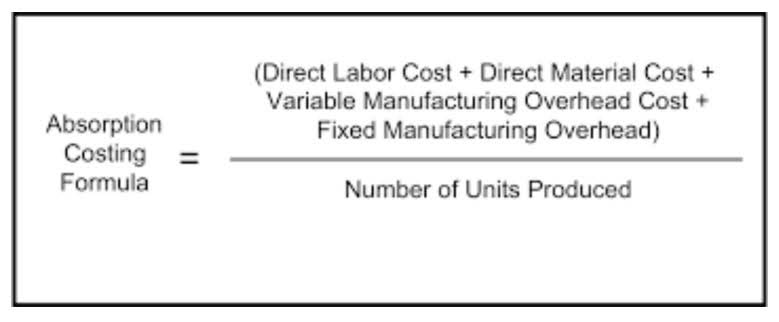





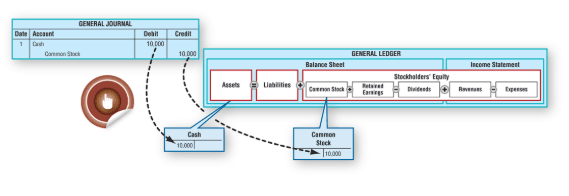


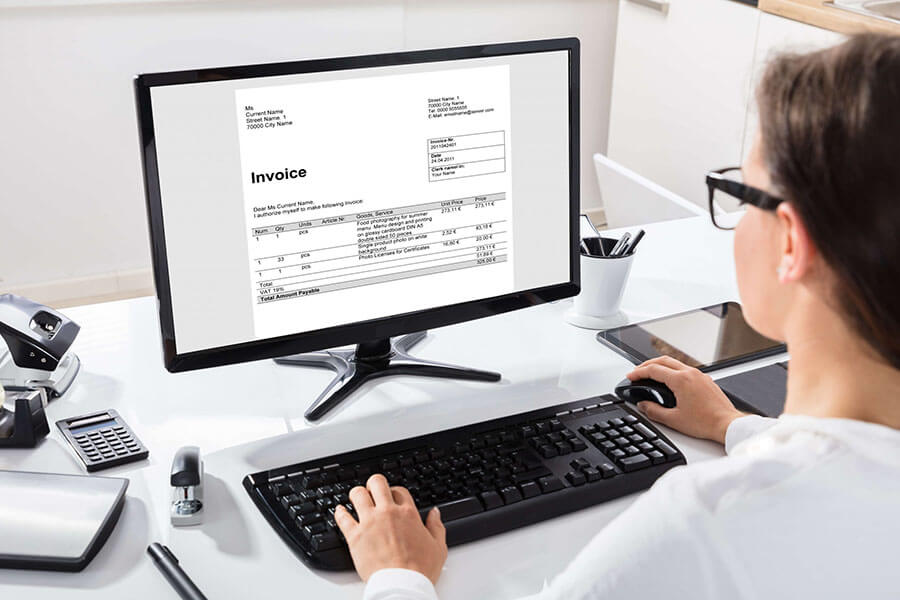
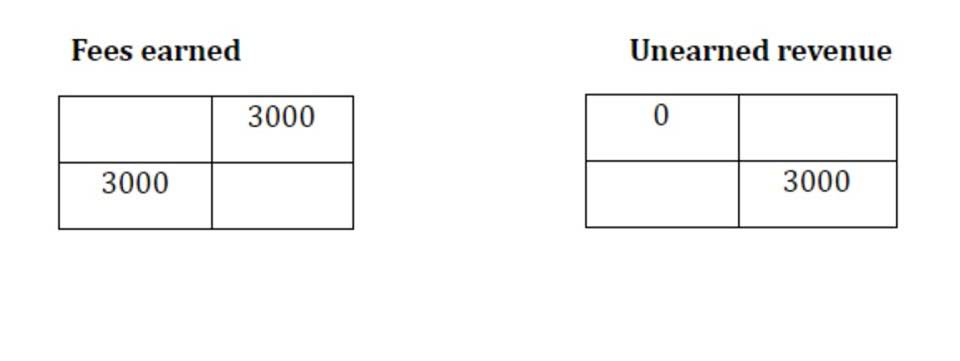

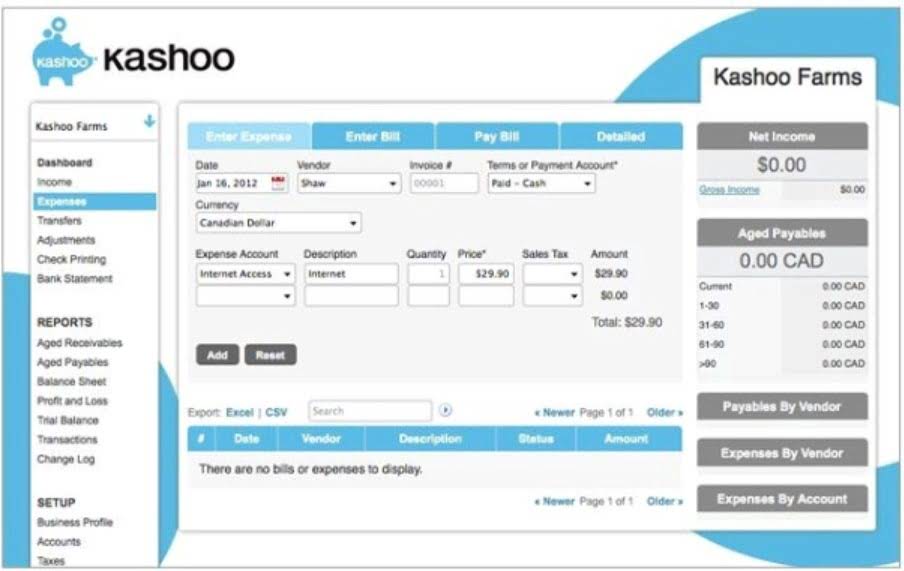

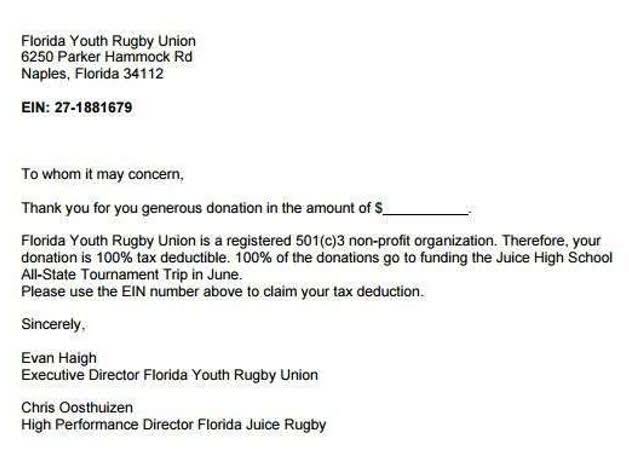
Recent Comments